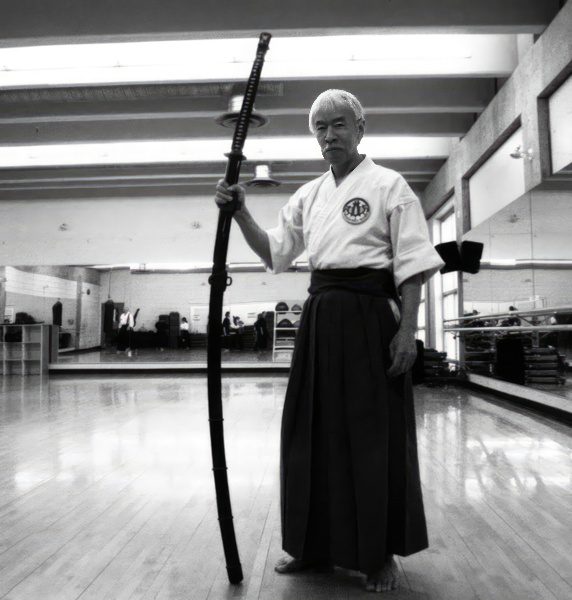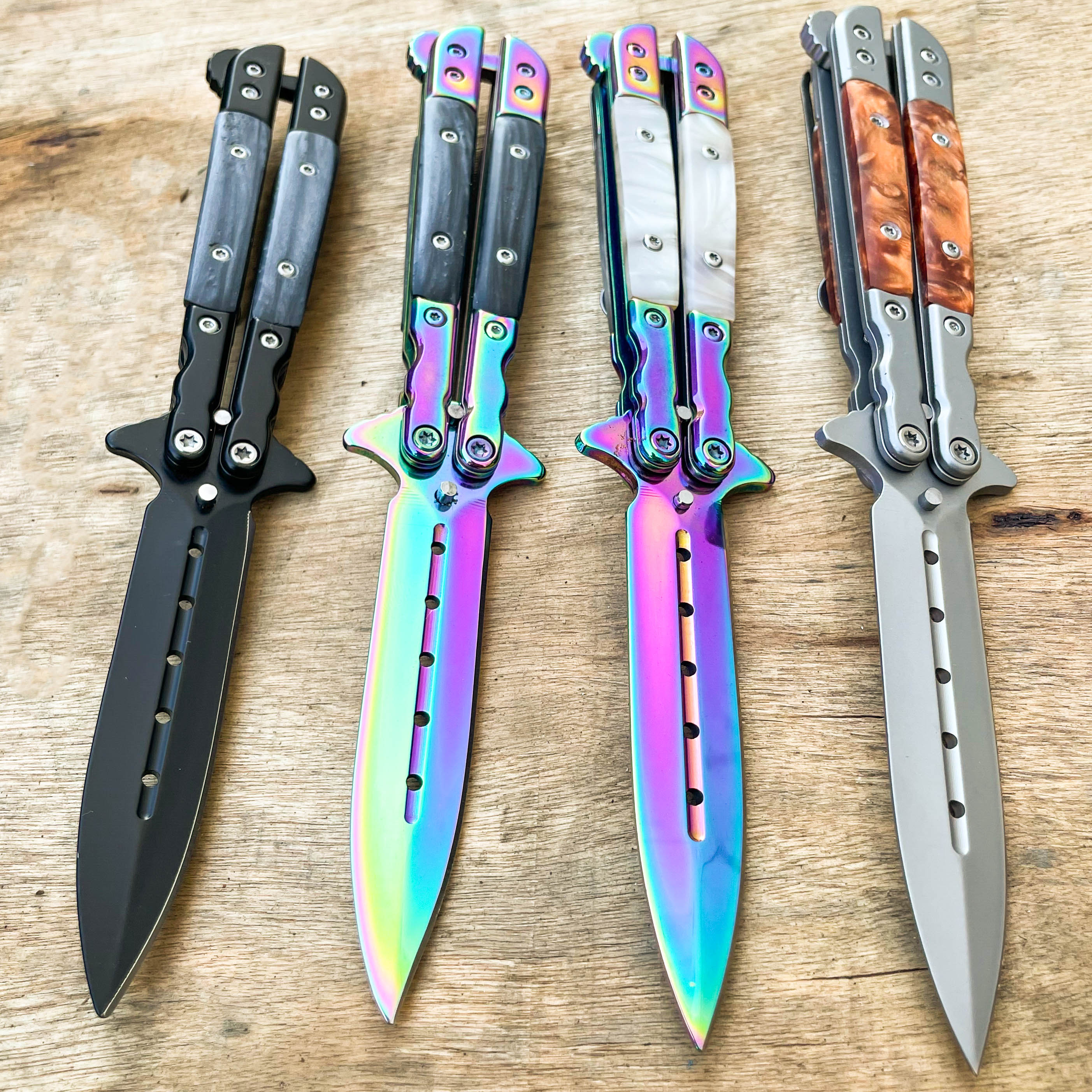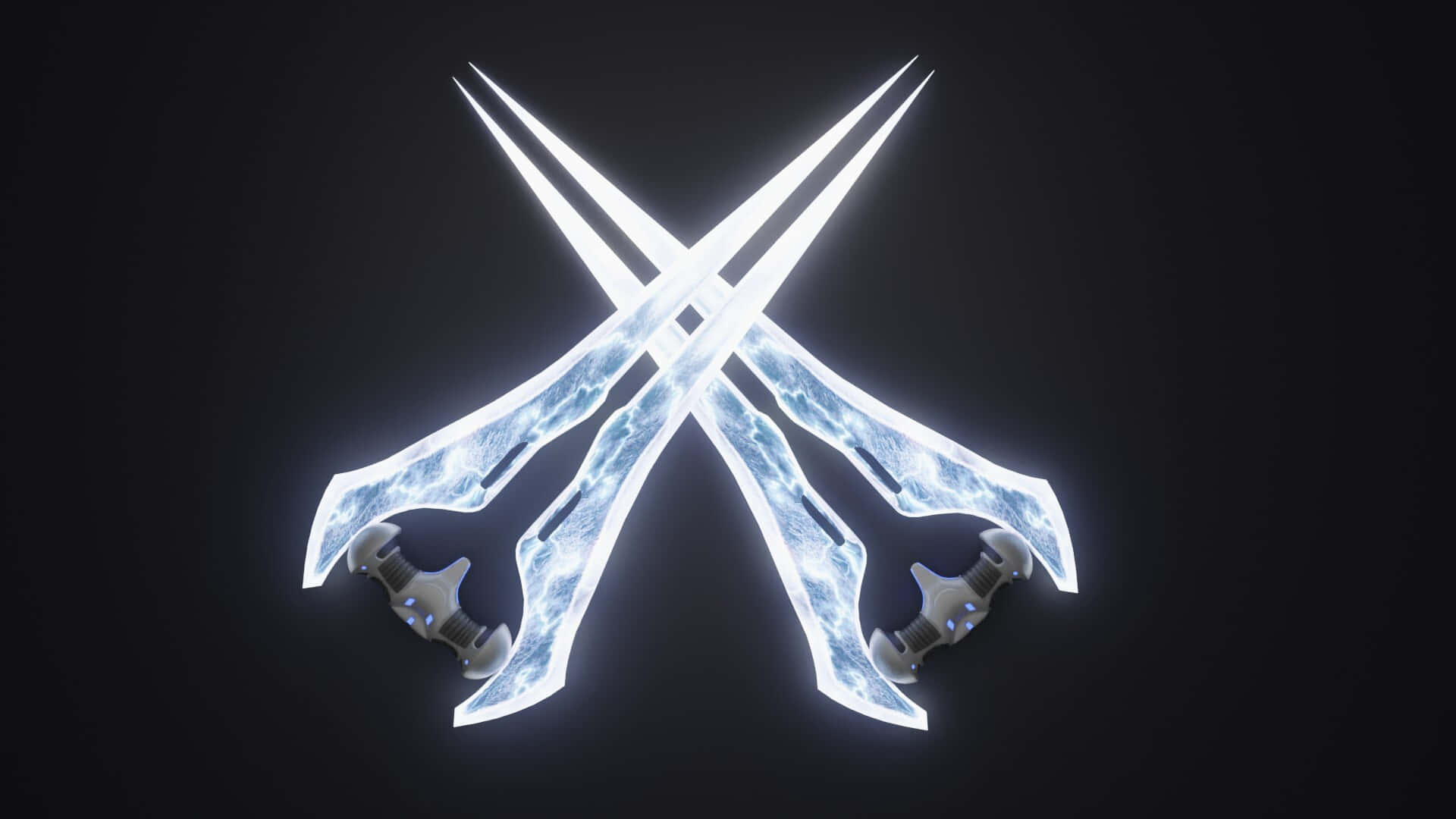different swords
The Long-sword!

The longsword is a European medieval sword associated with both war and dueling. It was an all-round versatile weapon, used in cavalry charges, open battles, and personal combat. Designed primarily for two hands, it is characterized by its long grip, which gives the wielder greater reach, leverage, and control compared to shorter arming swords. Despite its size, the longsword was surprisingly light and agile, usually weighing between 1.1 and 1.6 kilograms. It was central to medieval martial traditions, with detailed techniques recorded in fighting manuals by masters such as Johannes Liechtenauer and Fiore dei Liberi.

the rapier is a long thin bladed double edged sword used for dueling and fencing, excelling in thrusts. it was first used in spain, known as espada ropera, 'dress sword' and italy, where it was called spada da lato.
The Saber!

The saber/sabre is a one-handed curved blade used for cavalry and duels/fencing, and excels in slashing cuts. It originates from Central Asia, and was popularized in Europe during the 18th century. Its curved design allows for powerful, sweeping strikes while on horseback, making it highly effective in mounted combat. Over time, the saber also became a symbol of military prestige and was adopted in many European armies as part of ceremonial dress. Its versatility and speed made it a favored weapon among both soldiers and duelists alike.
The Seax!

The seax is a short, single-edged knife or sword commonly used by Germanic tribes during the Early Middle Ages. Its name comes from the Old English word for “knife,” reflecting its widespread use as both a tool and a weapon. Seaxes typically range from a few inches to around 30 inches in length, with a straight or slightly curved blade designed for slashing and stabbing. They were often carried as everyday weapons, useful for hunting, combat, and daily tasks. The blade’s simplicity and effectiveness made it a versatile tool for warriors and common folk alike. Over time, the seax became a symbol of Germanic identity and craftsmanship, influencing later European blade designs.
The Kamplian!

The kampilan is a traditional Filipino sword known for its impressive size and power. Its single-edged blade, typically 36 to 40 inches long, tapers near the hilt and flares toward the tip, sometimes featuring decorative holes or engravings. Crafted from laminated steel, it is both durable and sharp, while its long wooden hilt is balanced for effective two-handed use. The hilt often includes a crossguard and a pommel shaped like a dragon or serpent, reflecting its cultural significance. Historically, the kampilan was wielded by warriors and chieftains in the southern Philippines, especially among the Maguindanao and Maranao peoples. It played a notable role in battles, including legendary confrontations with Spanish forces.
The Scimitar!

The scimitar is a curved, single-edged sword that originated in the Middle East and Central Asia. Its distinctive curve allows for powerful slashing attacks, making it especially effective on horseback. Typically lighter and more agile than straight swords, the scimitar is designed for speed and fluid movement rather than thrusting. The blade often widens near the tip, increasing cutting power while maintaining control for the wielder. Historically, it was used by various cultures, including Persians, Turks, and Arabs, both in battle and ceremonial contexts. Its elegant design and deadly efficiency have made the scimitar an enduring symbol of Middle Eastern martial tradition.
The Katana!

The katana is a traditional Japanese sword known for its curved, single-edged blade and long grip designed for two-handed use. It became prominent during the feudal era, often associated with samurai warriors and their code of honor, bushidō. The katana’s design emphasizes cutting ability, with a sharp edge and a slightly curved blade that allows for powerful, precise slashes. Its construction typically involves folding and tempering layers of steel, creating a balance of flexibility and strength that can withstand intense combat. Beyond its practical use, the katana is also highly regarded as an art form, with intricate craftsmanship and aesthetic details. Even today, it remains a symbol of Japanese culture, martial skill, and warrior tradition.
The Odachi!

The odachi is the big brother of the katana, a massive Japanese sword designed for battlefield use rather than dueling. Its blade is significantly longer, often exceeding 3 feet (90 cm), making it capable of delivering powerful sweeping strikes. Due to its size and weight, it typically requires two hands to wield effectively and is often used by foot soldiers against cavalry or in open combat. Crafting an odachi is a complex process, as its length demands precise forging to maintain strength, flexibility, and balance. Unlike the katana, which is worn at the waist, the odachi was often carried on the back or displayed ceremonially due to its sheer size. Despite its impracticality in tight spaces, it became a symbol of martial prowess and intimidation on the battlefield.
The Montante!

The montante is the closest thing to a giant anime sword you can realistically use in real life. Its long, robust blade and two-handed handle give it tremendous reach and leverage, making it effective for wide, sweeping strikes. Essentially, it’s a longsword scaled up and stretched out, yet it remains surprisingly manageable due to its weight, typically under 2 kg and most commonly between 1.6 and 2 meters in length. This combination of size and balance allowed historical swordsmen to perform powerful offensive and defensive maneuvers, often using both hands to control its momentum with precision. Its sheer presence on the battlefield or in a duel also made it an intimidating weapon, emphasizing reach and strength over speed.
The Gladius!

The gladius is a short sword that was the primary weapon of Roman foot soldiers, especially during the height of the Roman Empire. It typically features a double-edged blade about 18 to 24 inches (45–60 cm) long, designed for both stabbing and cutting in close combat. Its compact size made it ideal for use in tight formations, such as the Roman phalanx, where soldiers fought shoulder-to-shoulder. The gladius often had a pointed tip for thrusting between gaps in enemy armor, while its edges could deliver slashing attacks when needed. Beyond its battlefield utility, the gladius was also a symbol of Roman military discipline and training. Its effectiveness and design influenced later European sword development for centuries.
The Tanto!

The tanto is the little brother to the katana, a traditional Japanese dagger with a single or double-edged blade typically measuring between 6 and 12 inches (15–30 cm) in length. It was designed for close-quarters combat, allowing for stabbing, slashing, and precise strikes. The blade often has a sharp point and reinforced tip, making it effective against armor gaps or in self-defense situations. Tanto were commonly carried by samurai alongside the katana or wakizashi, forming part of the daishō, the symbolic pair of swords. Many tantos were crafted with intricate artistry, featuring decorative hilts and engraved blades. Today, the tanto is valued both as a collectible and as a symbol of Japanese martial tradition.
The Kukri!

The kukri is a traditional curved knife originating from Nepal, famously used by the Gurkhas. Its distinctive inwardly curved blade allows it to function effectively both as a utility tool and a weapon, excelling in chopping and slashing motions. Typically ranging from 16 to 18 inches in length, the kukri’s weight and shape give it considerable chopping power while remaining surprisingly easy to handle. Historically, it has been used in combat, hunting, and everyday tasks, making it a versatile and reliable tool. The blade often features a notch near the handle, called a “cho,” which can prevent blood from running onto the grip and has cultural significance. Even today, the kukri remains a symbol of bravery and skill, often carried ceremonially by Gurkha soldiers.
The Balisong!

The butterfly knife, also known as a balisong, is a folding pocket knife with two handles that rotate around the tang to conceal or reveal the blade. Originating in the Philippines, it was traditionally used both as a utility tool and a self-defense weapon. Its unique design allows for rapid deployment through flipping techniques, which has made it popular among knife enthusiasts and performers for tricks and demonstrations. The blade is typically sharp and compact, while the handles provide a secure grip when opened. Due to its ease of concealment and rapid-opening capability, many countries regulate or restrict its possession. Despite this, the butterfly knife remains iconic for its blend of practicality, skillful handling, and striking aesthetic.
The Karambit!

The karambit is a small, curved knife originating from Southeast Asia, particularly Indonesia and the Philippines. Its distinctive claw-like shape is designed for slashing and hooking motions, making it highly effective in close-quarters combat. The blade typically curves downward, while the handle often features a safety ring for secure grip and precise control. Originally used as an agricultural tool, the karambit was adapted for self-defense and martial arts, particularly in the Filipino martial art of Kali. Its design allows for quick, fluid movements that can trap, pull, or disarm opponents. Today, the karambit is prized both as a tactical weapon and a collectible for knife enthusiasts due to its unique form and functionality.
fictional swords/bladed close range weapons

commonly described as a "huge slab or iron", the dragon slayer is an absolute specimen of a sword. its not sharp, and only guts was ever able to weild it effectivley.
Shardblades - The stormlight archive

A Shardblade is a powerful weapon capable of slicing through rock and severing souls. People who possess them are called Shardbearers, with each soul bound to their blade until death or until it is willingly relinquished. These weapons are not only incredibly sharp but also nearly weightless to their wielder, allowing for swift, precise strikes that would be impossible with a conventional sword. Shardblades often come with unique forms and appearances, reflecting the bond with their Shardbearer and the nature of the soul contained within. Wielding one is both a great honor and a heavy responsibility, as the bond between blade and bearer is deeply spiritual and unbreakable except under extraordinary circumstances.
Lightsabers - Star Wars

A lightsaber is a fictional energy sword featured throughout Star Wars. A typical lightsaber is shown as a luminous laser blade about 3 feet (0.91 m) in length, emitted from a metal hilt around 10.5 inches (27 cm) long. They are depicted as weightless, but in a real-world context this would not be practical, as you would not be able to wield it like a regular sword—it would behave more like a rigid beam of plasma. Lightsabers are often portrayed as capable of cutting through almost anything, including metal and stone, while deflecting energy blasts. Each lightsaber is unique to its user, often constructed to reflect their skills and connection with the Force. Their iconic hum and glowing blade make them instantly recognizable symbols of power and heroism in the Star Wars universe.
CQC Stun Lance - Helldivers 2

(none of this will make sense unless you play helldivers just move on) Attacking with the lance drains stamina.
Holding the attack button will allow you to continuously thrust the lance, even when stamina is empty.
Helldivers can swing the CQC-19 25 times before fully draining their stamina. This number is not affected by Stamina Regen value or the Stamina Enhancement Booster.
Unlike its counterpart, the CQC-30 Stun Baton, the Stun Lance thrusts forwards at a decent range which allows you to target specific enemy parts, such as the head, to deal critical damage.
The thrust also can only hit targets right in front the Helldiver, requiring more care taken if being surrounded by multiple targets.
This weapon pairs well with the SH-20 Ballistic Shield as its narrow area of attack is remediated by the protection the shield offers.
The CQC-19 Stun Lance is able to hit multiple enemies with one thrust if they are lined up and extreamly close.
Wearing any Peak Physique armor will double the CQC-19's damage, greatly increasing its lethality.
During acid storms, heavier armored enemies such as the Charger's Armor AV4 Icon.png Heavy armor, reduced to Armor AV3 Icon.png Medium by the acid, must be broken open before the softer underlayer can be damaged with melee weapons.
Bug: Picking up samples, backpacks, stimming, or using any emote that would holster your weapon while bearing any melee weapon will alter how your helldiver holds them, this alteration negatively affects your ability to melee but can be reset by hot swapping back to your weapon.
The Hidden Blade - Assasins Creed

The Hidden Blade is the signature weapon of the members of the Assassin Brotherhood, designed as their primary means of enacting assassinations. Consisting of a blade that can be discreetly extended or retracted from a bracer or gauntlet, the Hidden Blade's portability and concealability complement the Assassins' trademark affinity for stealth and freerunning. It allowed an Assassin to eliminate a target while drawing virtually no attention to themselves, and the techniques developed for its use often ensure near-instantaneous death.
Energy Sword - Halo

The Halo Energy Sword, also known as the Domotos-pattern fireblade, is a melee weapon used by the Covenant, specifically wielded by the Sangheili. It is designed for close-quarters combat and is known for its lethal efficiency and elegance. The Duelist Energy Sword is a legendary variant that can be obtained in the campaign after defeating specific targets, enhancing the player's movement speed and jump height. Additionally, the T-1 Energy Sword is recognized for its significance in expressing the wielder's skill and honor in battle. Overall, energy swords are iconic weapons within the Halo universe, often associated with intense melee combat.
Silver Swords - The Witcher

The Witcher's silver blade actually has a steel core plated with a thick layer of silver, making it lethal to magical beasts. This weapon was specifically crafted for slaying monsters born of magic, creatures that cannot be harmed by ordinary steel weapons. Silver enhances the blade’s effectiveness against these supernatural foes, allowing Witchers to exploit their vulnerabilities. Often forged with care and sometimes imbued with magical properties, the silver sword is as much a tool of precision as it is of brute force. In the hands of a trained Witcher, it becomes an essential part of their arsenal, combining skill, strategy, and the right weapon to survive deadly encounters.
Masamune - Final Fantasy
.jpg)
The Masamune is designed as a Japanese odachi blade. The design and color of the tsuba (guard) and tsuka (hilt) have varied, alternating between blue and gold and entirely black (even red in the original game). The blade's exact length varies, usually measuring at least as long as Sephiroth is tall or slightly longer, which would make it approximately six-to-eight feet long. The angle of the curve of the blade also varies, but it is never entirely straight. The handle is more than long enough to accommodate both hands, but Sephiroth can carry it single-handedly due to his unbelievable strength. It has a rectangular tsuba, which is gold-colored in most appearances.
Honourable Mentions That Don't Fit The Category
The Electric Guitar!

The electric guitar is a modern stringed instrument that uses pickups to convert the vibration of its strings into electrical signals, which are then amplified to produce sound. Unlike acoustic guitars, it relies on electronic amplification to reach high volumes and produce a wide range of tones. It became a defining instrument in genres like rock, blues, jazz, and metal due to its versatility and expressive capabilities. The body of an electric guitar is usually solid or semi-hollow, which helps control resonance and feedback. Players can manipulate its sound with effects pedals, amplifiers, and playing techniques like bending, tapping, and sliding. Its invention and popularization in the mid-20th century revolutionized music and shaped modern popular culture. This specific guitar is a replica of hitori gotoh(aka bocchi)'s guitar from the anime bocchi the rock.
The Axe!

The axe is a versatile hand tool with a heavy bladed head mounted on a handle, primarily designed for chopping, splitting, and shaping wood. It has been used for thousands of years, both as a tool and as a weapon in various cultures. The blade can vary in shape and size depending on its intended use, from felling trees to carving fine details. Axes are typically made from steel or iron, with wooden or synthetic handles for strength and durability. Beyond practical purposes, the axe has symbolic and cultural significance in mythology, folklore, and even modern logos. Its simple yet effective design has made it an enduring tool throughout human history.
The War Hammer!

The war hammer is a medieval weapon designed to deliver powerful, focused strikes, capable of piercing armor that swords might struggle with. It typically features a heavy head mounted on a long handle, often with a blunt hammer side and a pointed spike on the opposite side. Used by foot soldiers and knights alike, it was effective against both armored opponents and fortifications. The design allows for strong, crushing blows while maintaining relatively good control and reach. Beyond its practical use in battle, the war hammer became a symbol of strength and martial skill in heraldry and art. Its development highlights the adaptation of weapons to changing battlefield technology, especially the rise of plate armor.

















.jpg)

